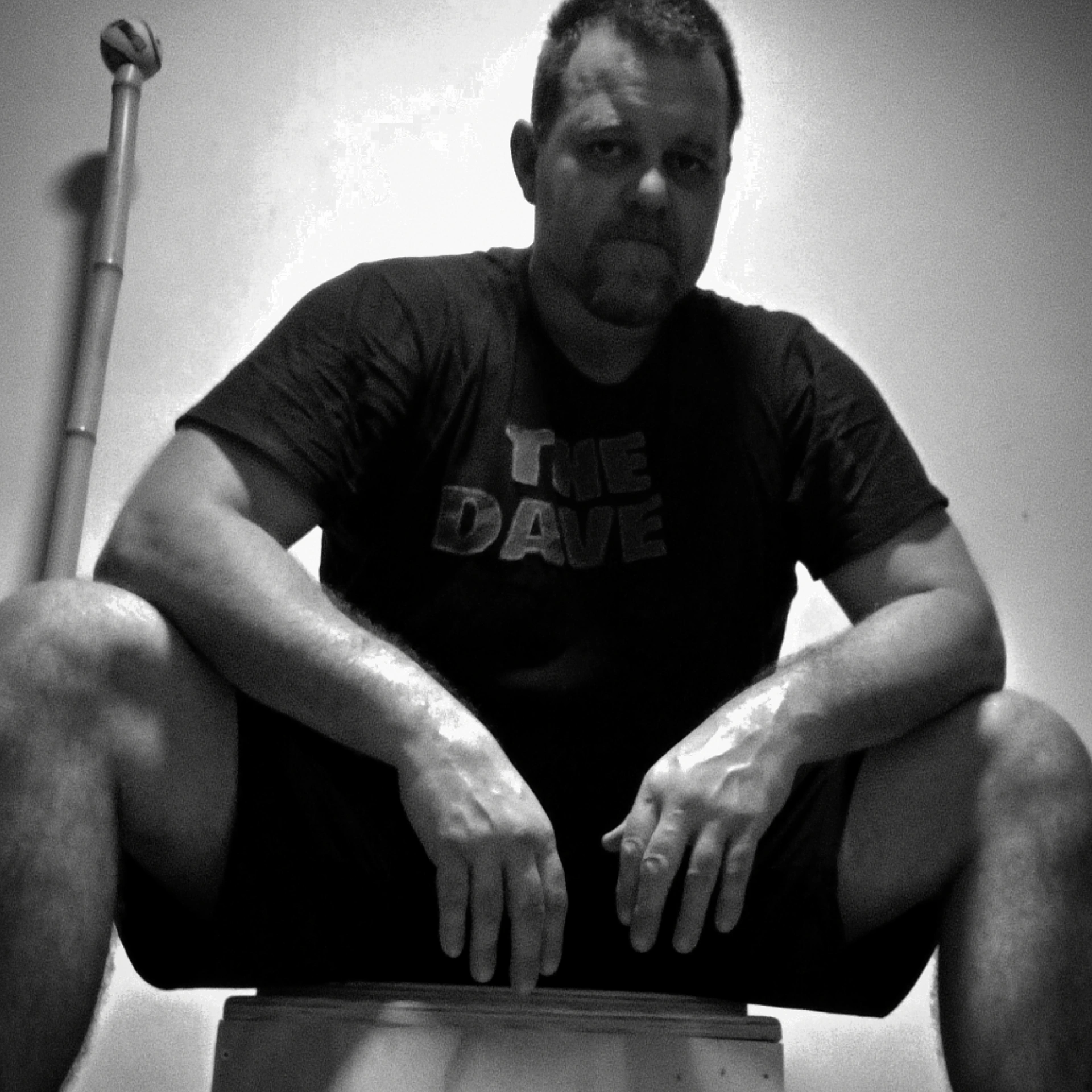How Should I Start Adding Sprints to My Training?
- Dave Hedges

- Sep 6, 2024
- 4 min read
Today's question comes in from a YouTube commenter
A lad that seems to have previously trained in Wild Geese with Paulie, so an Eskrima practitioner I assume.
Here's what he wrote:
"Hello Dave.
Some wise advice there.
Especially the part about the mental aspect.
I am a 54 year old man. I have been regularly working out since I was 39 when Paul Cox triggered something of a eureka moment in my head with something he said at a class in WG.
In more recent years, nearly all of my training has been lifting / pulling based - deadlifts, squats, chest-press, shoulder-press, pullups, various rows etc.
I also do some kettlebell and gym ring stuff.
I would like to shake things up a bit and start plyometric and sprint training.
How would you recommend I approach this in a way that I can hopefully avoid injuring my older body?"
- Ciaran Cosgrove via youtube
Now, I'd love to know what was said that triggered that eureka moment.
However, overall, what Ciaran is suggesting looks sound.
A Squat
A deadlift
A chest press
A shoulder press
Some pull ups
Various rows
Some kettlebell stuff
Some rings stuff
There really isn't anything missing there for general all round strength and fitness.
But our hero would like to add in plyometrics and sprints.
Which is also a great idea.
If I were to suggest the biggest error people make with plyos and sprints is going too hard with too much volume.
With most training, especially as we age or if we're competing in other energy demanding roles, we need to look for our minimum effective dose.
That means getting the most out of the least.
When it comes to plyos and sprints, this is especially true.
Start slow, start light and start with low volume.
Sprinting conjures up images of the likes of Gatlin or Bolt howling down the track at lightning speeds.
Which is fine if you’re a teen/tween or you've been training this way for many years
But to start out, just like in lifting, we have to lean into the principle of progressive resistance training.
That is to say, start way below our max and slowly creep up on it.
This allows our bodies to adapt, allows us to work on technique, keeps us capable of recovering well, and as we're deliberately not pushing hard, next week we will beat this weeks numbers by a small fraction and that is motivating.
Go too hard and you will need a longer recovery, and beating those numbers will be nigh impossible.
Not only that we could easily surpass our current tissue tolerances and hurt ourselves, especially if technique isn't optimal.
This makes sense with lifting, only a fool would walk into the gym after an extended break and load up a bar with their expected 1rm and try lift it….
Yet this is what happens with jumps, plyos and sprints.
So sprint, but sprint slowly, and over a relatively short distance.
In time this distance can increase, as can the speed (effort)
We can start with a few sets of jumps or plyos
2 footed jumps are easiest, skipping for example is great entry point.
We can bounce on 2 feet with a variety of intentions.
Light bounces, as in skipping, are a start point
Add in more sring for height and we're looking at more power
Bounce more rapidly and we're learning to rebound quicker
Bounce forward, backwards, sideways and more to experience different loading vectors.
Bounding is exaggerated running.
Basically Bounding from one leg to the other.
I get folks to start Bounding with an emphasis on a good landing.
That is to say, stick every landing before initiating the next jump. This both limits the power used and encourages a self correction on technique.
We can bound going straight forward, out at angles (think jumping out at 45° or so) or laterally where we travel sideways.
Start with controlled “stuck” landings
Gradually reduce the time stuck and reduce the contact times until eventually you are truly Bounding like Tigger from the Winnie the Poo stories.
Bounding guides you into single leg plyos, ie hopping drills
These start small and easy then progress to add in a variable.
This can be length, longer hops
Speed, covering ground faster
Height, higher hops for more power.
Direction, forwards/backwards etc or changes of direction
So how much should we do?
Start with 10 - 20 landing.
Yup, that few.
Tendons take time to develop.
If you're doing a variety of drills, different landings, then you can lean towards the higher number.
As you go more intensely, ie faster, higher or longer, reps go down.
Just as you would with a heavy barbell lift.
As the intensity (load) of a deadlift goes up, we would naturally lift it fewer times.
You can add plyos in towards the end of your warm ups on the gym for 10-20 reps (2 sets of 5 or one drill, 2 sets of 5 on another)
Which means you'll get frequent exposures. It may also help your lifts pop better…
Sprints I'd do once, maybe twice a week.
Warm up, plyo, sprint.
Lots of rest (2+ minutes), use the time for movement, mobility, rehab etc.
Then if you wish go in for a few sets of Cleans, Squats and Swings.
But build slowly over time.
Give the tendons and ligaments plenty of time to adapt
Over on Instagram is a dude called Matt Watson who runs Plus Plyos (https://www.instagram.com/plusplyos) have a look at his work, it's top drawer.
He's the guy I would go to for training plyos and sprints if I wanted to really go down that rabbit hole.
Regards
Dave Hedges



Comments